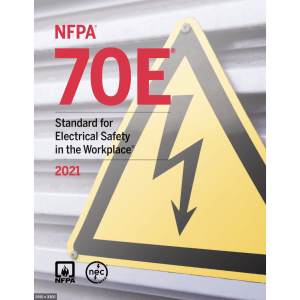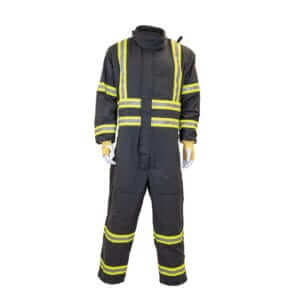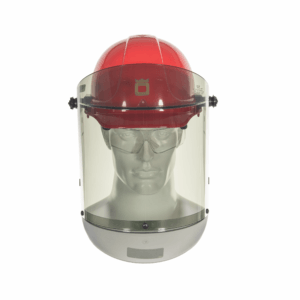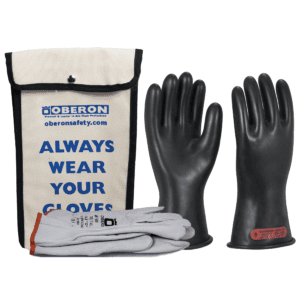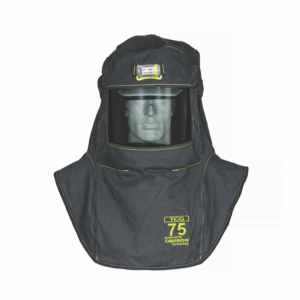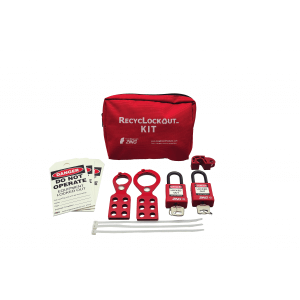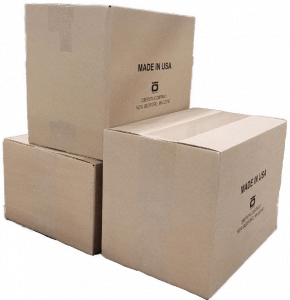FAQ’s
Frequently Asked Questions
The Oberon FAQ’s are a collection of various questions about electrical safety as well as product questions. If you have any questions that are not located on our website, please contact us at [email protected] or contact us by phone at 1-800-322-3348.

